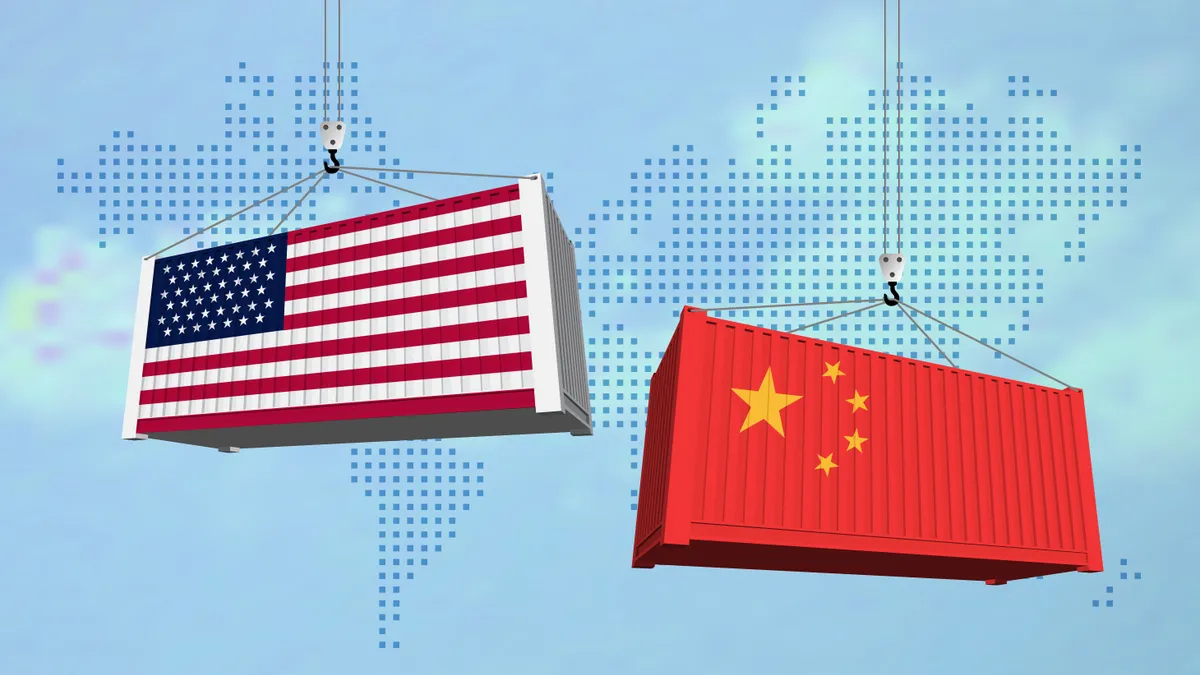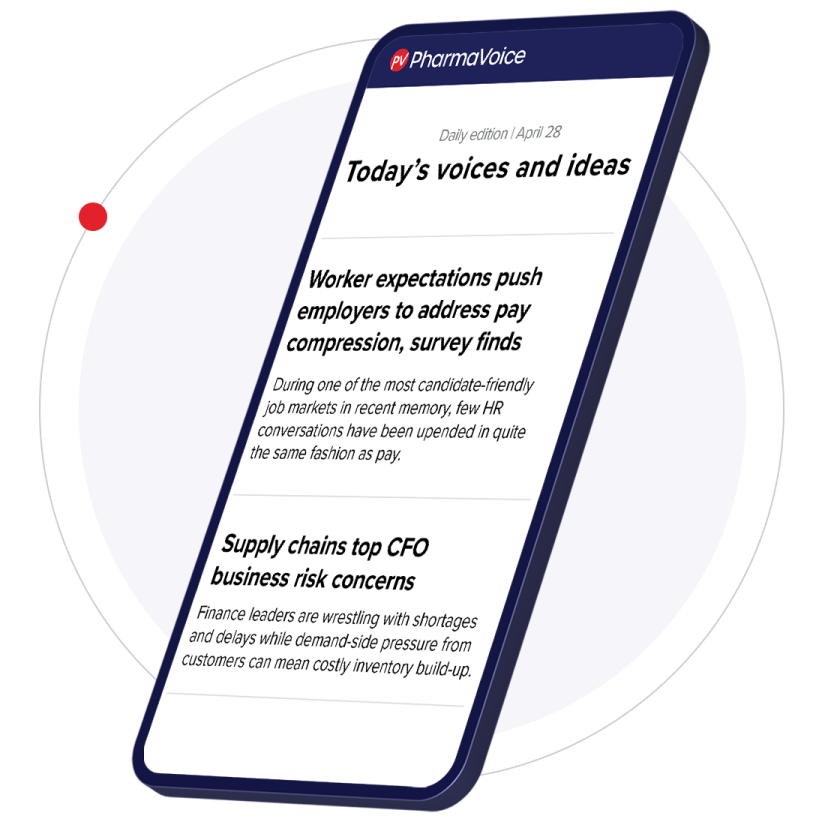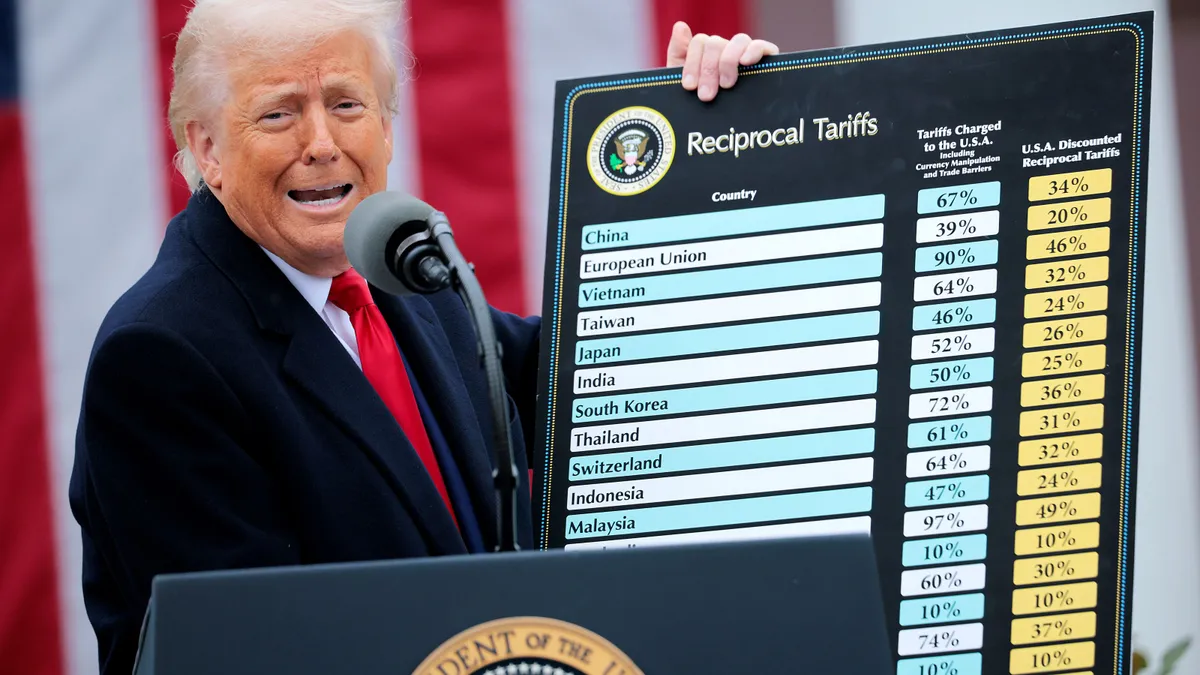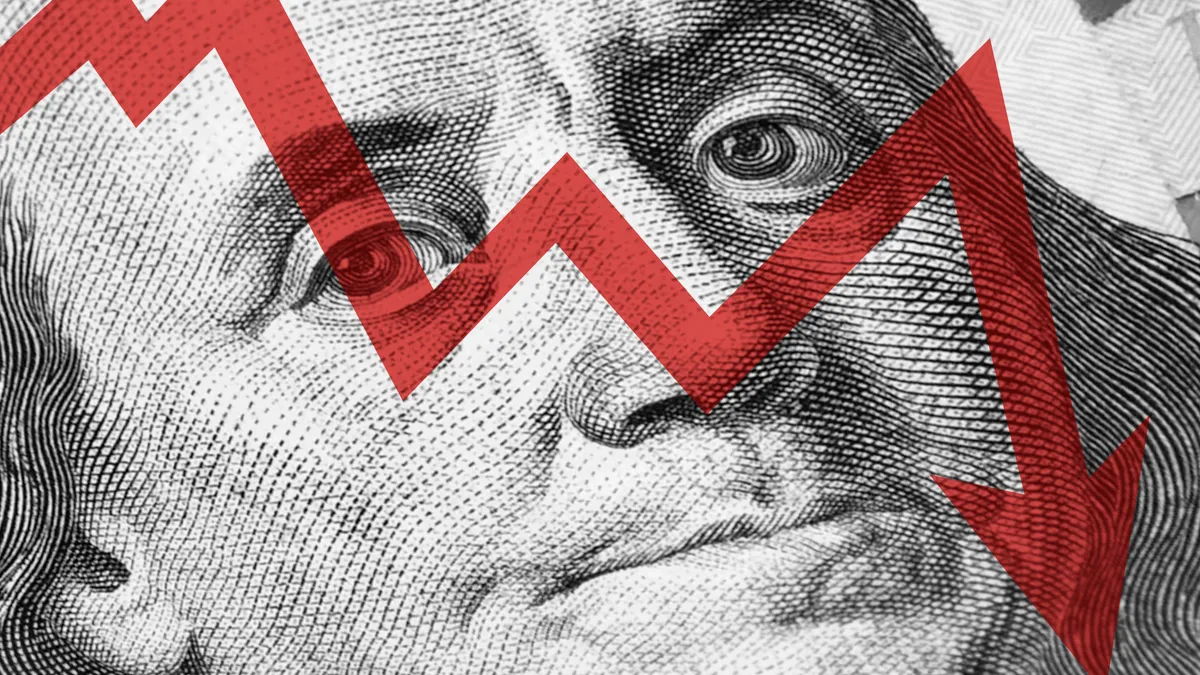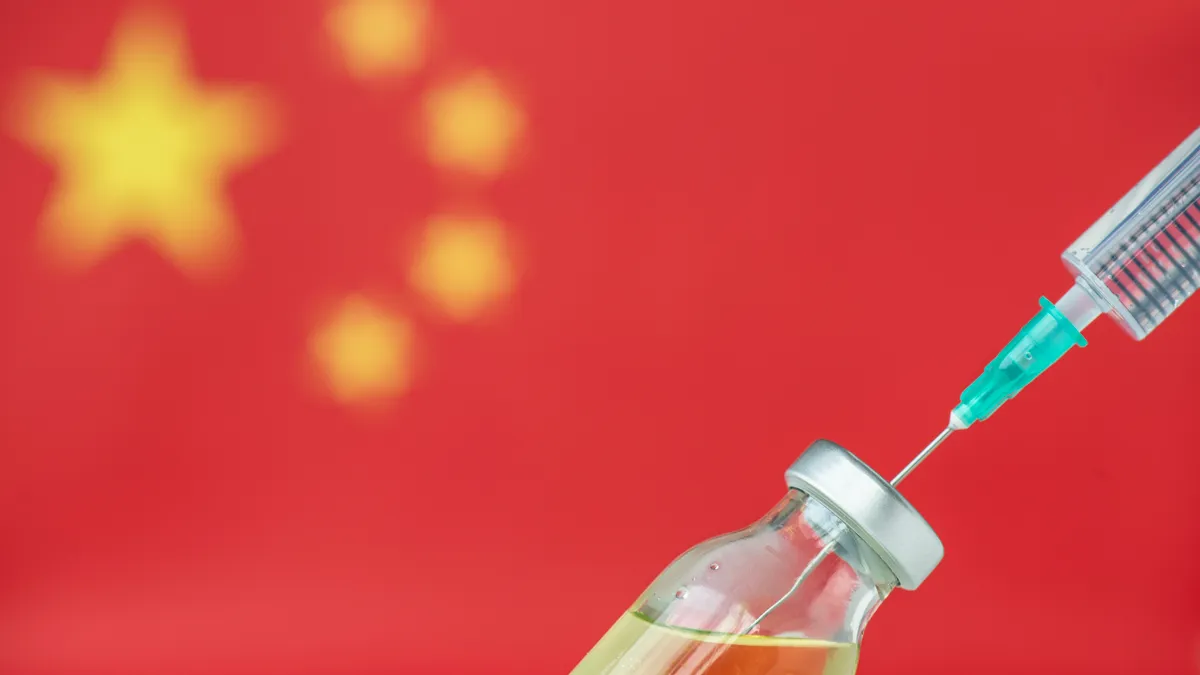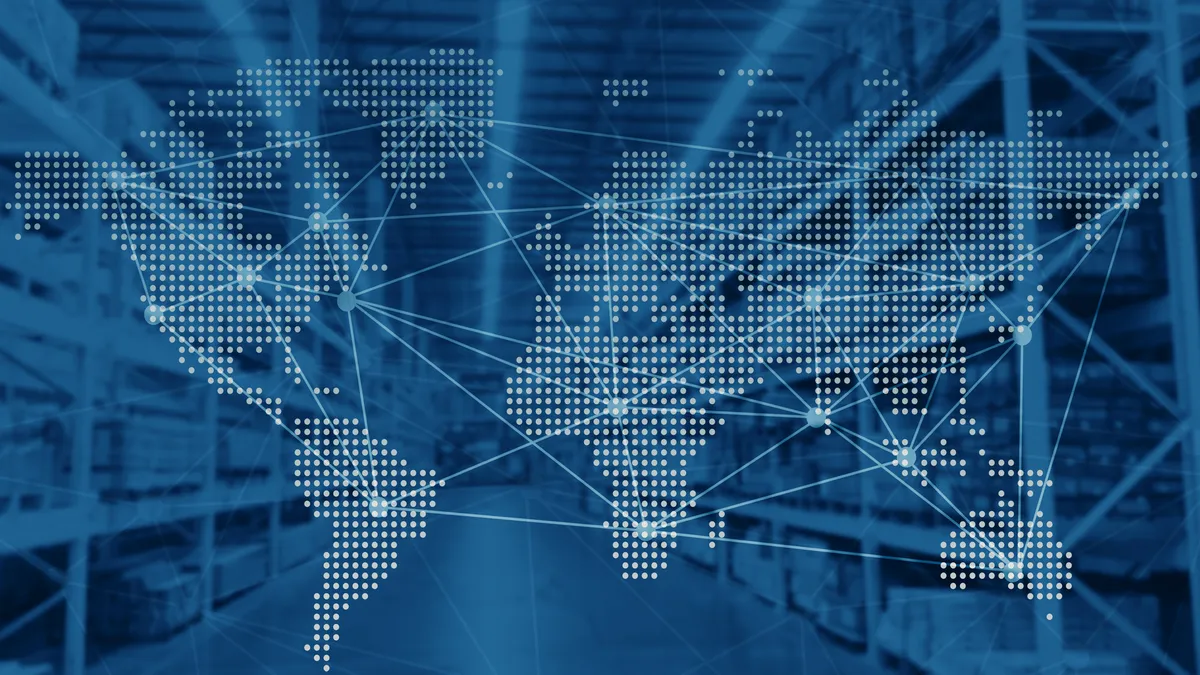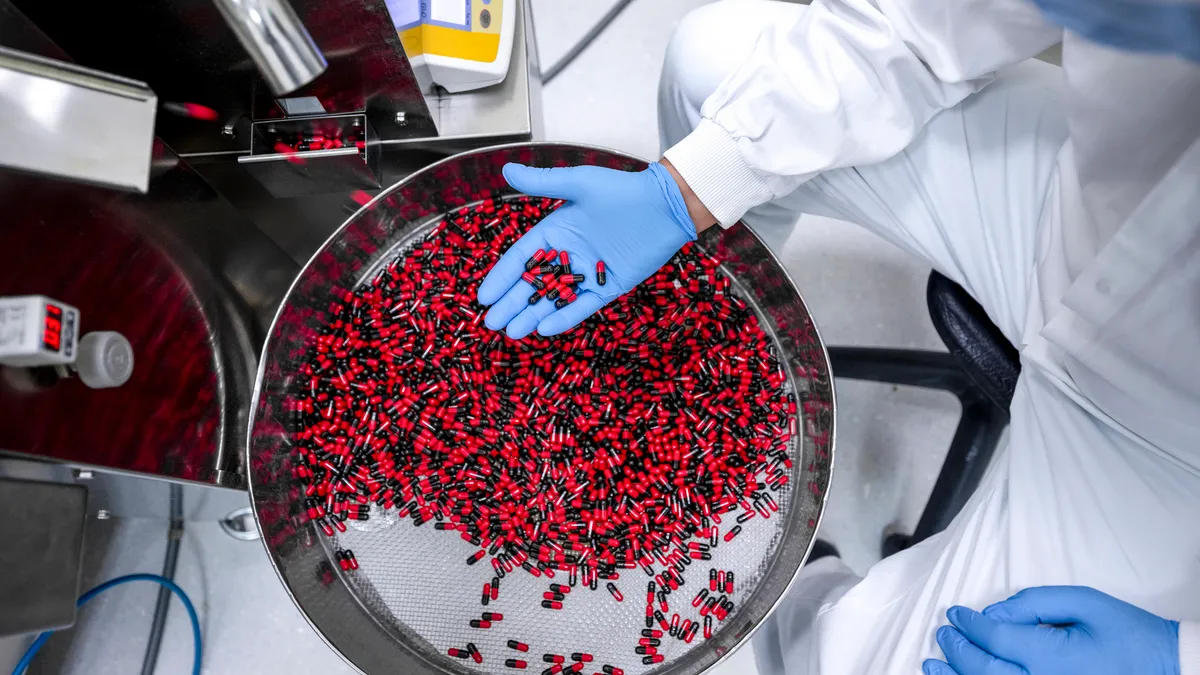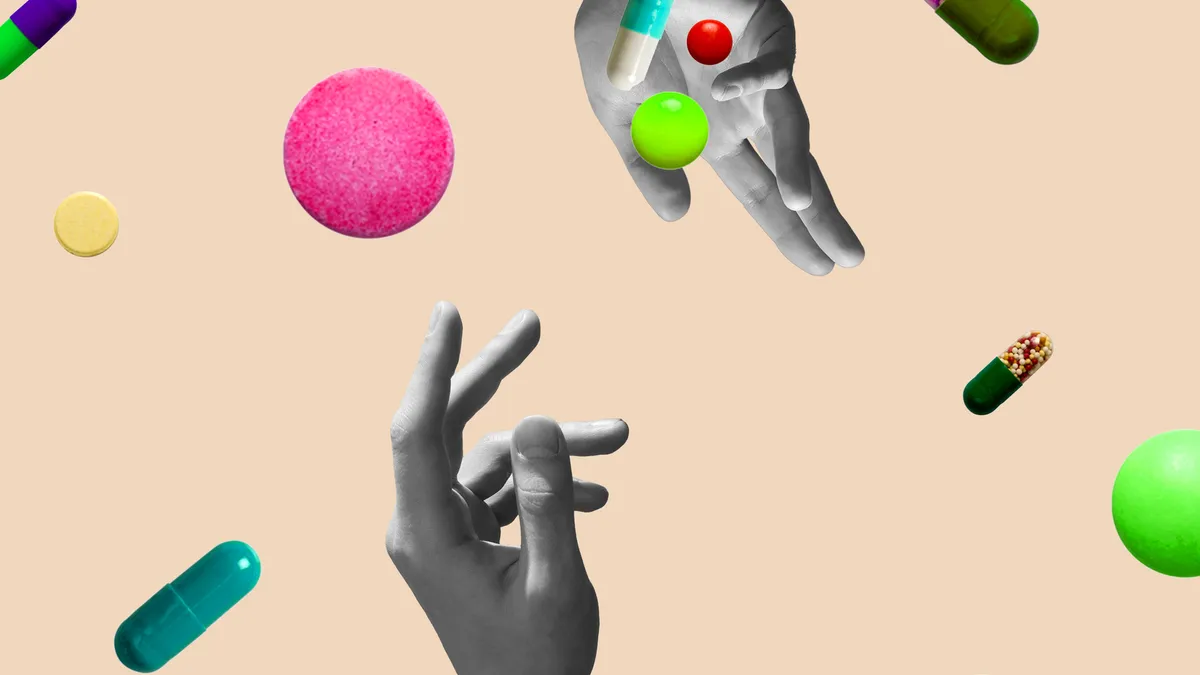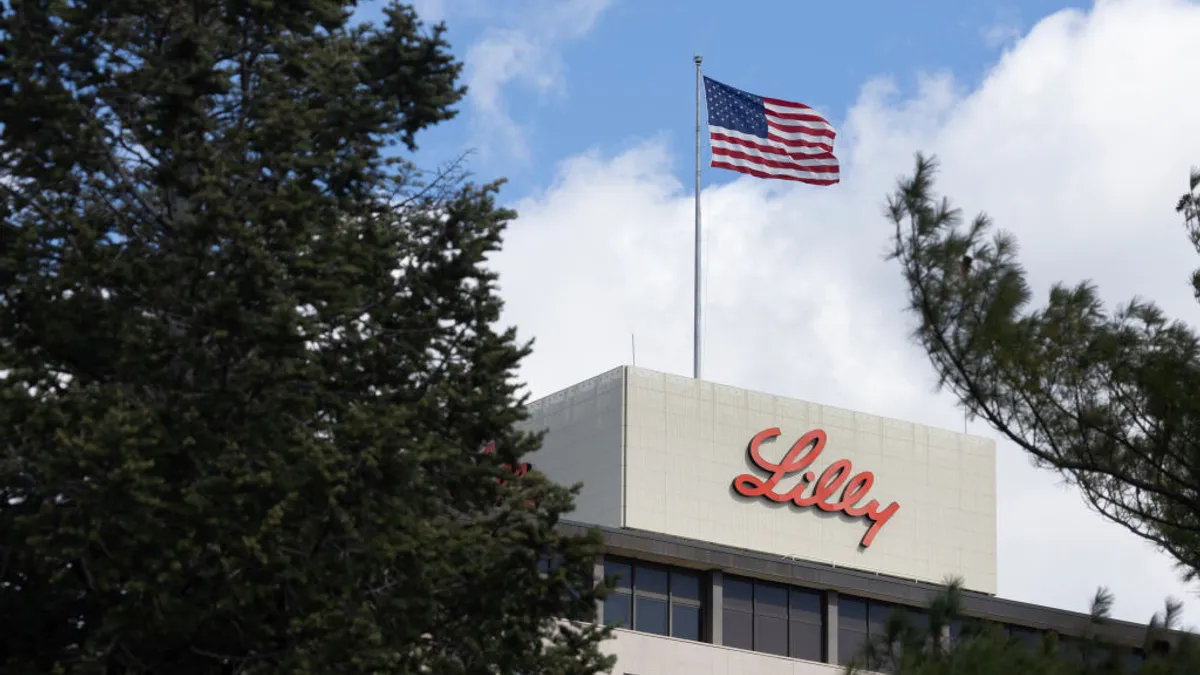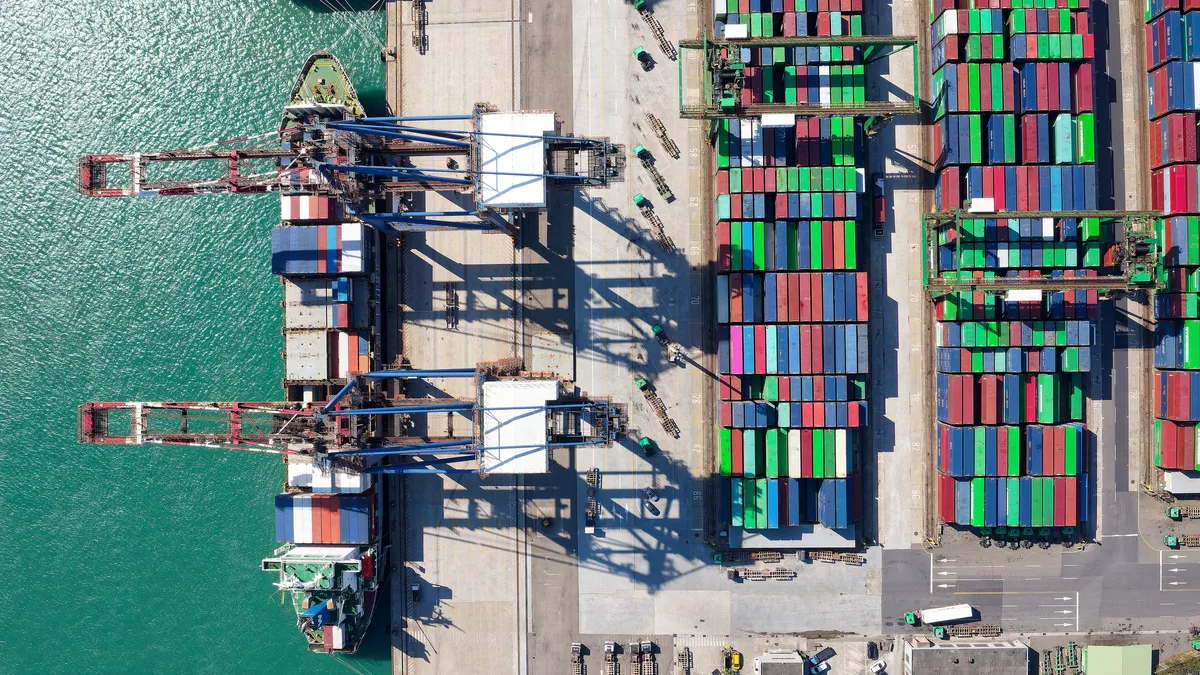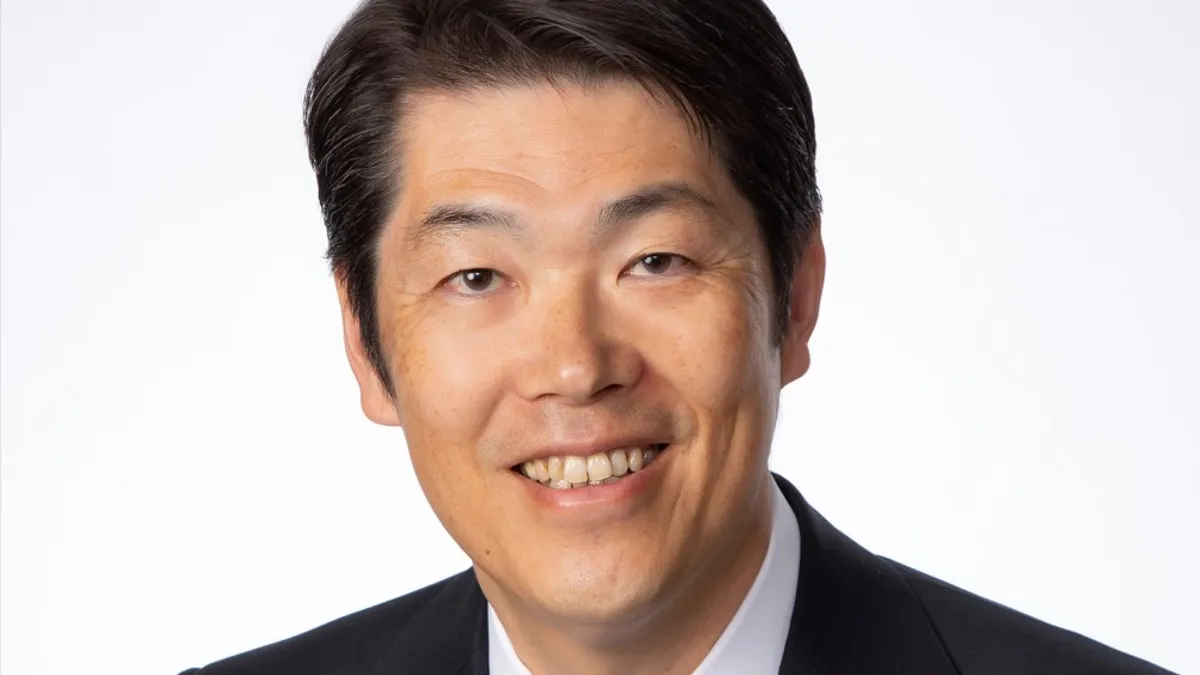The generic drug market faces higher costs and the looming threat of shortages after the Trump administration imposed a broad 10% tariff on Chinese imports this week. The move came despite a 30-day pause on other proposed tariffs on Canada and Mexico, and China swiftly answered back with retaliatory levies, raising the specter of a trade war.
“It is increasingly likely that, at a minimum, you're going to have an additional 10% tariff that applies to a material portion of the supply chain for generic and biosimilar medicines, and that's going to lead to both higher costs and the possibility of shortages in those markets,” said Association for Accessible Medicines president and CEO John Murphy, adding that “there is not a single member of the AAM who has not raised concerns about the tariff situation.” China is a major supplier of active pharmaceutical ingredients to the generic and biosimilar supply chain.
The tariffs might also drive out some suppliers. The American Hospital Association is concerned about how tariffs could affect the flow of crucial drugs and medical devices into hospitals, and its leaders are lobbying for exceptions.
“It is especially critical to have these exceptions for products already in shortage and for which production in the countries subject to increased tariffs supply a significant part of the U.S. market,” AHA president and CEO Rick Pollack wrote in a letter to President Trump.
A changing landscape
While the Chinese tariff came well below the 60% levy initially promised by the administration, it has done little to assuage fears, Murphy said. Companies will still feel the pinch and leaders remain concerned about the potential for revived Canadian or Mexican tariffs or an expansion to Europe, Murphy said. It’s also unclear if China’s response will prompt further action from U.S. officials.
“We are collectively just trying to deal with the facts as they exist now and work on the business processes moving forward,” Murphy said. “I don't think anyone is thinking this is over.”
The Chinese tariffs aren’t limited to isolated segments of the generic market.
“What we’ve uncovered so far in looking at this is that it is going to be a broad swath of the market that has exposure, even where you have alternative suppliers,” Murphy said, pointing out that companies perform approximately 65% of the finish and fill for generics in the U.S., but import 35%. “On top of that, there's a large market in Europe and China for production of APIs.”
The system has limited bandwidth, though, and pivoting to other countries to avoid tariffs could be unrealistic.
“In the short term it’s just not easy to turn off supplier ‘X’ in China and automatically assume there's capacity in another area,” Murphy said.
The 10% increase will likely get passed along in the form of increased costs for low-margin drugs, which include anti-inflammatories like hydrocortisone, a substantial percentage of antibiotics and pain medications, and other ancillary cardiovascular and laxative products, said Derron Stark, EY-Parthenon partner,strategy and transactions for the Health Sciences & Wellness Supply Chain. “A lot of these are on the short supply list.”
Assessing risk and staying ahead of changes
While generic and biosimilar medications will take a direct hit, the Chinese tariffs won’t substantially affect branded drugs. Most of the industry has been cautious in sourcing finished goods and APIs from China.
Companies should understand country of origin as it relates to tariffs, and drugmakers “have largely sourced from Europe,” with Ireland, Germany and Switzerland leading the way, Stark said.
“The country of origin is most typically where the API was manufactured, but it can also be shifted to the finished dosage form if there's substantial transformation, which is usually an accommodation product where there are multiple APIs,” he said.
Companies have already been making moves to reduce risks.
“We have seen more pharma companies deciding to manufacture either nearshore or onshore in the U.S. for high-priority products,” Stark said.
For example, companies are bringing promising antibody-drug conjugates for cancer back to the U.S.
“It's pretty low volume, so they're willing to make that investment to secure the access and have control of the assets,” Stark said. “Longer term, they may look to outsource or move that back to Europe.”
Pharmas have also started to distance themselves from Chinese companies, such as WuXi Biologics, in anticipation of the Biosecure Act, which aims to shore up national security by prohibiting companies that receive federal funds from making business deals with five Chinese biotechs. Congress could revive and pass the stalled legislation this term, potentially reshaping supply chains through 2032.
“I think WuXi sees the writing on the wall. They're divesting. They sold their Irish biologics plant to Merck [& Co.],” Stark said.
Pharma giants like AstraZeneca now have dual supply chains to insulate against disruptions.
“It's likely that we're going to see hybridized supply chains where major trade regions are supplied from that region,” Stark said.
Stark said EY encourages clients to look broadly at their operations to prepare for tariff and geopolitical uncertainties.
“I definitely think it's a great time to look at your full portfolio, supply chain, product flows, tax and trade flows, and what the potential impacts of various scenarios are, whether a tariff or a restriction on trade flow, due to a geopolitical event,” Stark said.
As companies prepare, Murphy said the AAM hopes to spark a discussion with the Trump administration to mitigate the effects of tariffs to protect generic and biosimilar drug access.
“We obviously recognize and understand the concerns the president has with, for instance, illegal fentanyl coming over the border,” Murphy said.
But the AAM also hopes the administration will balance these priorities against maintaining access to critical drugs.
“I think the sustainability and resiliency of the generic supply chain in the United States is a national security priority, because public health and the broader wellness initiatives of the administration are something that makes us strong as a country,” he said.


